Psycho (1960) defied censorship, reshaping cinema norms with its provocative content, and setting a precedent for daring horror films.
Alfred Hitchcock’s Psycho made waves of controversy upon its 1960 release. Although categorized as a thriller, this cinematic masterpiece boldly redefined the horror genre in one fell swoop, effectively laying the foundation for the slew of slasher movies that would emerge in the subsequent decades. Even today, its enduring influence continues to resonate in contemporary horror films like X and Pearl, firmly establishing its role as a touchstone for the genre’s subversive potential.
However, as more than six decades have elapsed since its debut, it’s not uncommon to wonder what all the commotion was truly about. Psycho’s depictions of sex and violence, once shockingly intense, have evolved into the new norm of modern cinema. The content that raised eyebrows in its day now seems almost tame in comparison. It’s a testament to how dramatically censorship norms have shifted over the years, and it’s easy to forget the stifling constraints that Hitchcock defied with Psycho. This iconic film fundamentally altered the landscape of cinema, forever liberating it from the chains of censorship, and in doing so, changed the very essence of the art form itself.
Psycho Signaled the End of the Hays Code Era
To truly appreciate the impact of Psycho, one must first understand the oppressive environment of the film industry during its inception. The notorious Hays Code, in effect since the 1930s, imposed stringent regulations on Hollywood, governing everything from the length of a woman’s skirt to the portrayal of violence and sexuality on screen. Filmmakers were forced to operate within these tight constraints, often resorting to creative loopholes to convey their intended messages.
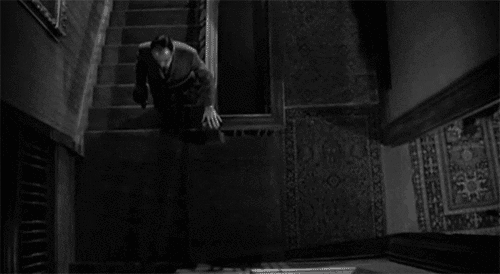
However, the late 1950s saw the beginnings of a seismic shift in the cinematic landscape. Art-house films from Europe and Asia like And God Created Woman began pushing the boundaries of what was deemed acceptable, and stage-to-screen adaptations, such as A Streetcar Named Desire, tackled mature themes head-on. The rise of television as a formidable competitor led studios to explore edgier, more adult-oriented content.
In this evolving climate, Psycho arrived as a game-changer. The Hays Code was faltering, and this film boldly challenged its long-standing taboos. While Psycho couldn’t singlehandedly defeat the Code, its financial success played a vital role in weakening censorship. Following its lead, films like Carnival of Souls (1962) and Repulsion (1965) continued to explore forbidden subjects, further eroding the power of the censors.
Hitchcock’s Audacious Vision
Alfred Hitchcock, a master of suspense, had a vision that transcended the limitations of the Hays Code. The studio system initially rejected Psycho, a film inspired by Robert Bloch’s novel, which drew from the gruesome real-life case of serial killer Ed Gein. Hitchcock then took matters into his own hands and financed the film himself, leveraging resources from his television series, Alfred Hitchcock Presents.
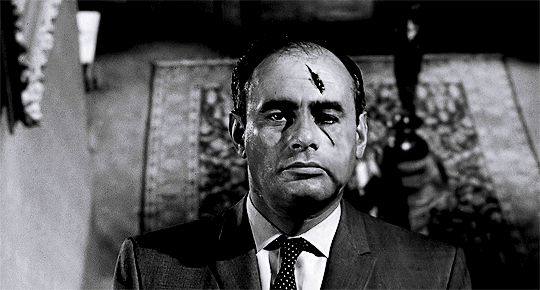
Hitchcock’s dedication was echoed by stars Janet Leigh and Anthony Perkins, who willingly accepted pay cuts to support the venture. In an unconventional move, Hitchcock opted to forgo his usual salary in exchange for co-ownership of the film print. To reduce costs, the film was shot in black-and-white, a decision that inadvertently contributed to its timeless allure. This decision not only contributed to the film’s enduring appeal but also allowed Hitchcock to subtly incorporate more blood into the scenes than a color print would permit.
Crucially, Hitchcock secured the creative freedom he needed to push boundaries. He marketed Psycho strategically, generating buzz around its “shocking” subject matter. The concept of formal start times for screenings was introduced to preserve the film’s surprises—a pioneering move that increased its appeal. Hitchcock’s boldness paid off, as Psycho became a massive success and played a pivotal role in dismantling the Hays Code. By 1968, the Hays Code had been replaced by the modern rating system still in use today.
Psycho’s Controversial Legacy
Psycho was not without its share of controversies, both big and small. The most infamous scene—the shower scene—was a masterclass in suggestive editing. Here, the character Marion Crane meets her chilling demise at the hands of Norman clad in his mother’s attire. By carefully choreographing quick shots and synchronizing them with the soundtrack, Hitchcock artfully conveyed the illusion of a knife plunging into Marion’s vulnerable form..Remarkably, at no point did the blade pierce her skin onscreen, adhering to the stringent standards of the time. The camera maintained a careful distance, never revealing more of her body than what was deemed acceptable by the prevailing norms.

Ironically, it was the film’s opening scene that stirred nearly as much controversy as the infamous shower sequence. This initial portrayal of Marion and her lover, Sam, in bed together pushed the boundaries of acceptability. Hitchcock astutely employed it as a diversionary tactic with the censors, proposing alterations to this scene in exchange for retaining the more notorious shower scene.
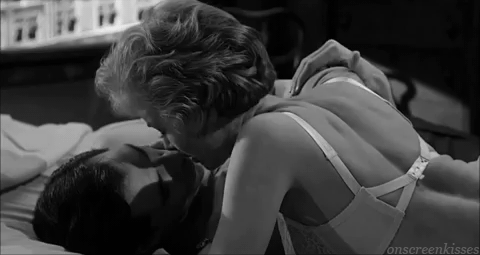
However, it was not just the shower scene that stirred controversy. Norman Bates, the film’s central character, defied societal norms with his disturbing pathologies, including implied incestuous feelings and possible necrophilia. Even more unsettling for the censors of the era was Norman’s habit of wearing his mother’s clothing, a hint at homosexuality, which was strictly prohibited from being depicted onscreen at the time.
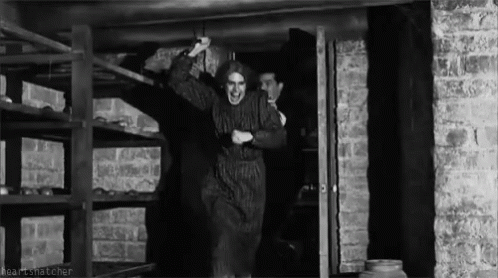
Hitchcock’s response to this challenge was a revealing line of dialogue in the final scene at the police station, skillfully navigating the boundaries of acceptability. Here, a psychologist clarifies that Norman is not a transvestite but rather wears his mother’s clothing when he believes himself to be her. This exposition-laden moment, although awkward, highlighted the hot-button issues that the production team grappled with.
In the midst of these controversies, Psycho managed to break another seemingly absurd Hays Code norm in retrospect. It became the first American film to depict a flushing toilet, an innocuous element that played a pivotal role in the storyline. Marion’s attempt to dispose of an incriminating piece of evidence, a paper documenting stolen money, involved this mundane fixture.
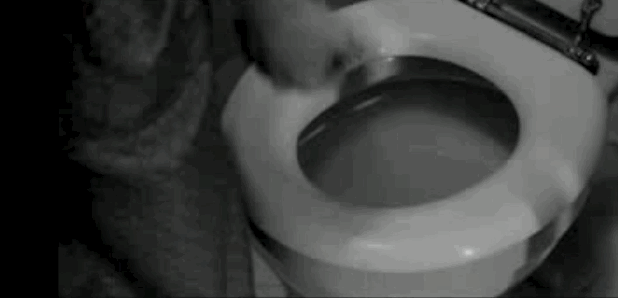
In a narrative already replete with a cross-dressing serial killer committing murder in the shower, the inclusion of the toilet appeared inconsequential. Looking back, it was the ultimate touch, the finishing flourish that cemented Psycho’s reputation as a pioneer, opening doors for upcoming horror films to venture into uncharted thematic territory with boldness.
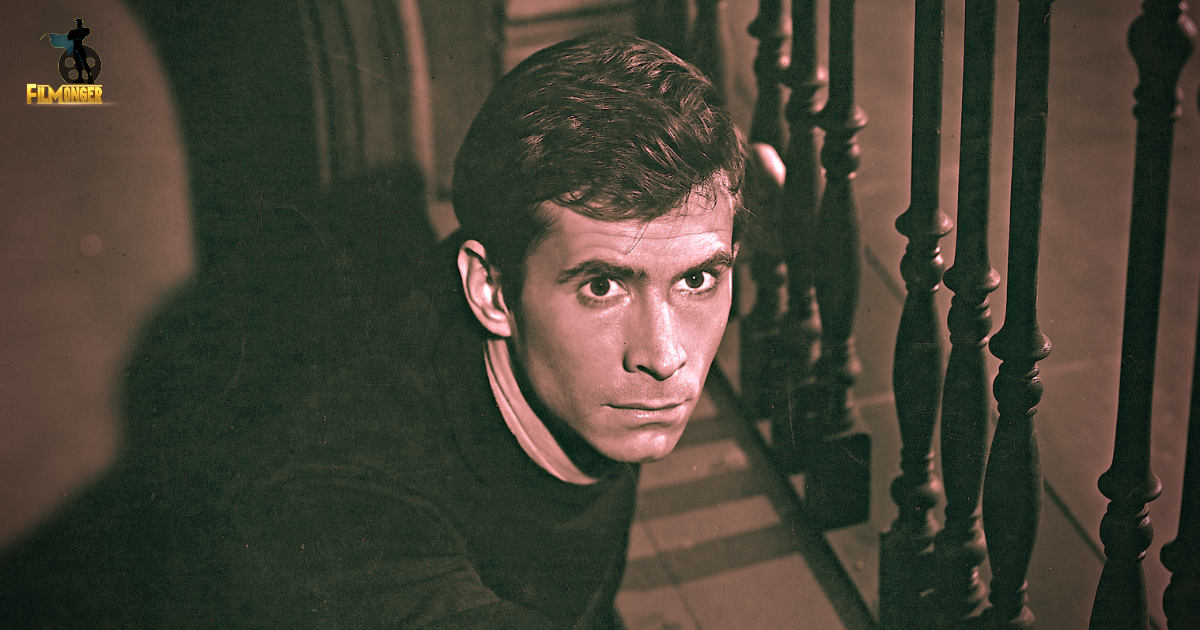
1 thought on “Alfred Hitchcock’s Psycho – A Cinematic Revolution and Its Controversial Legacy”
Comments are closed.